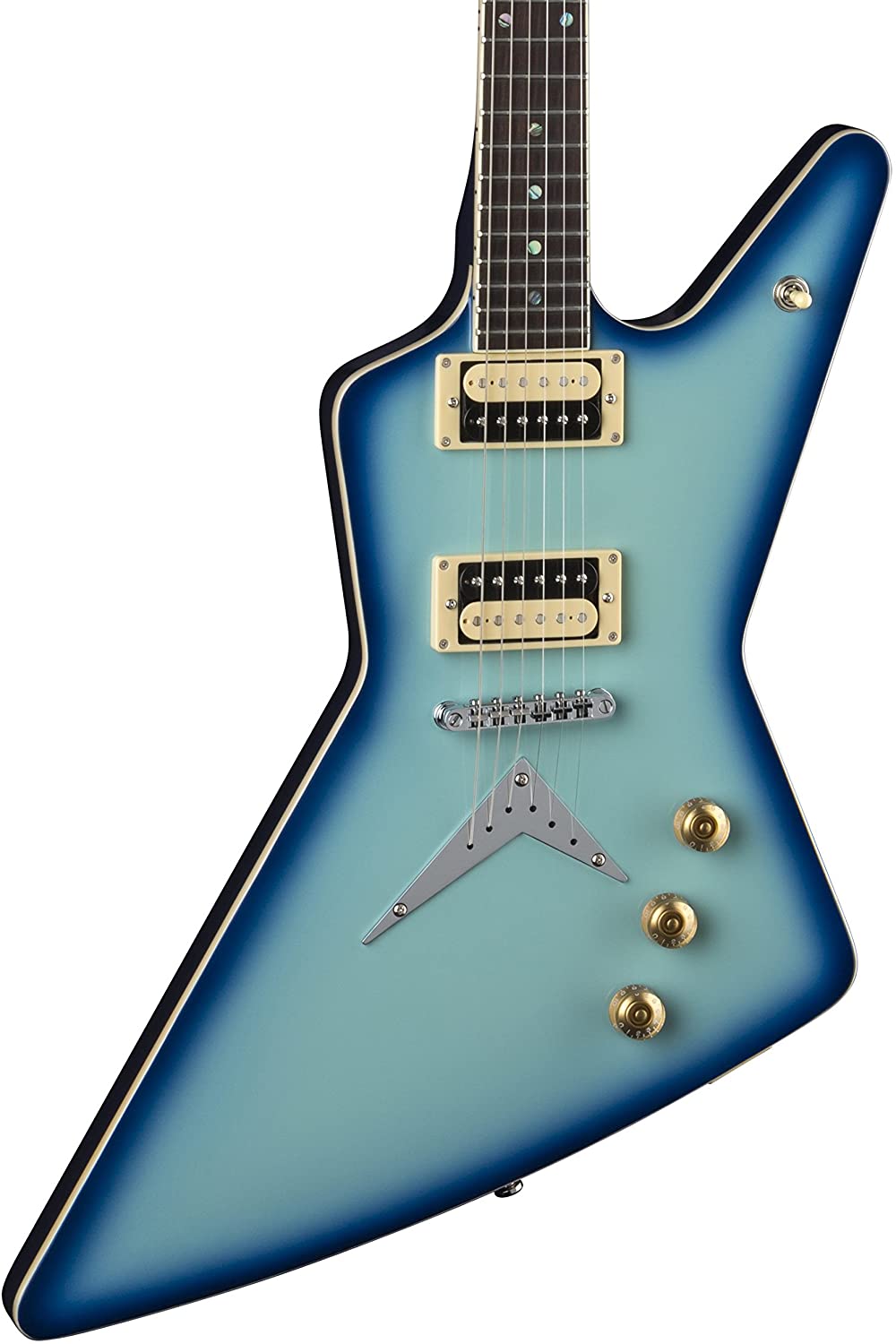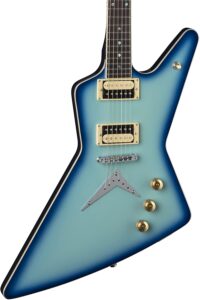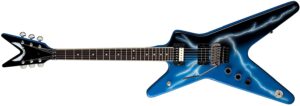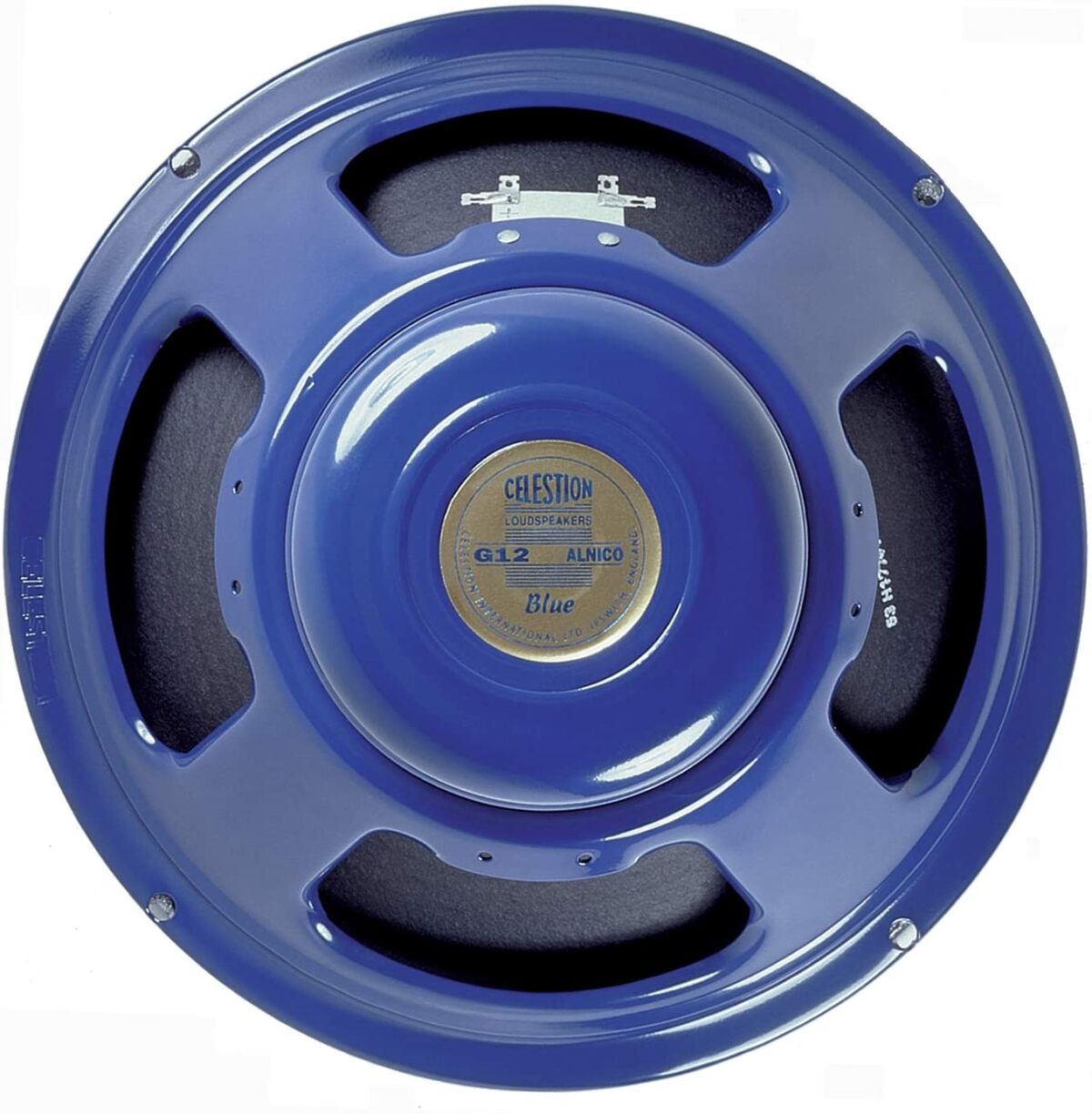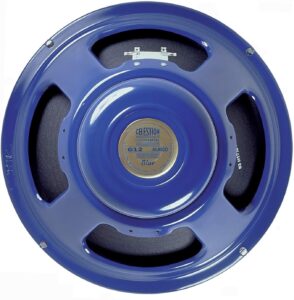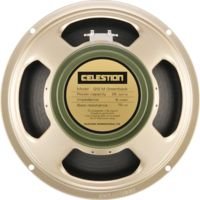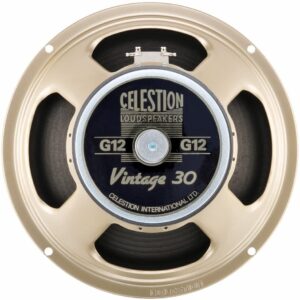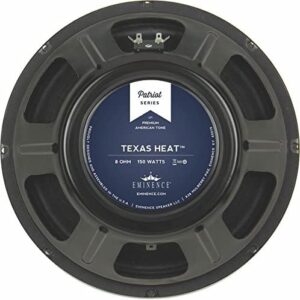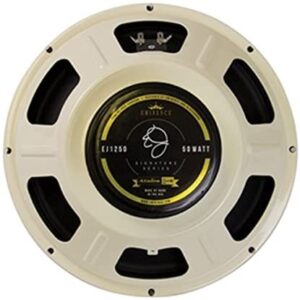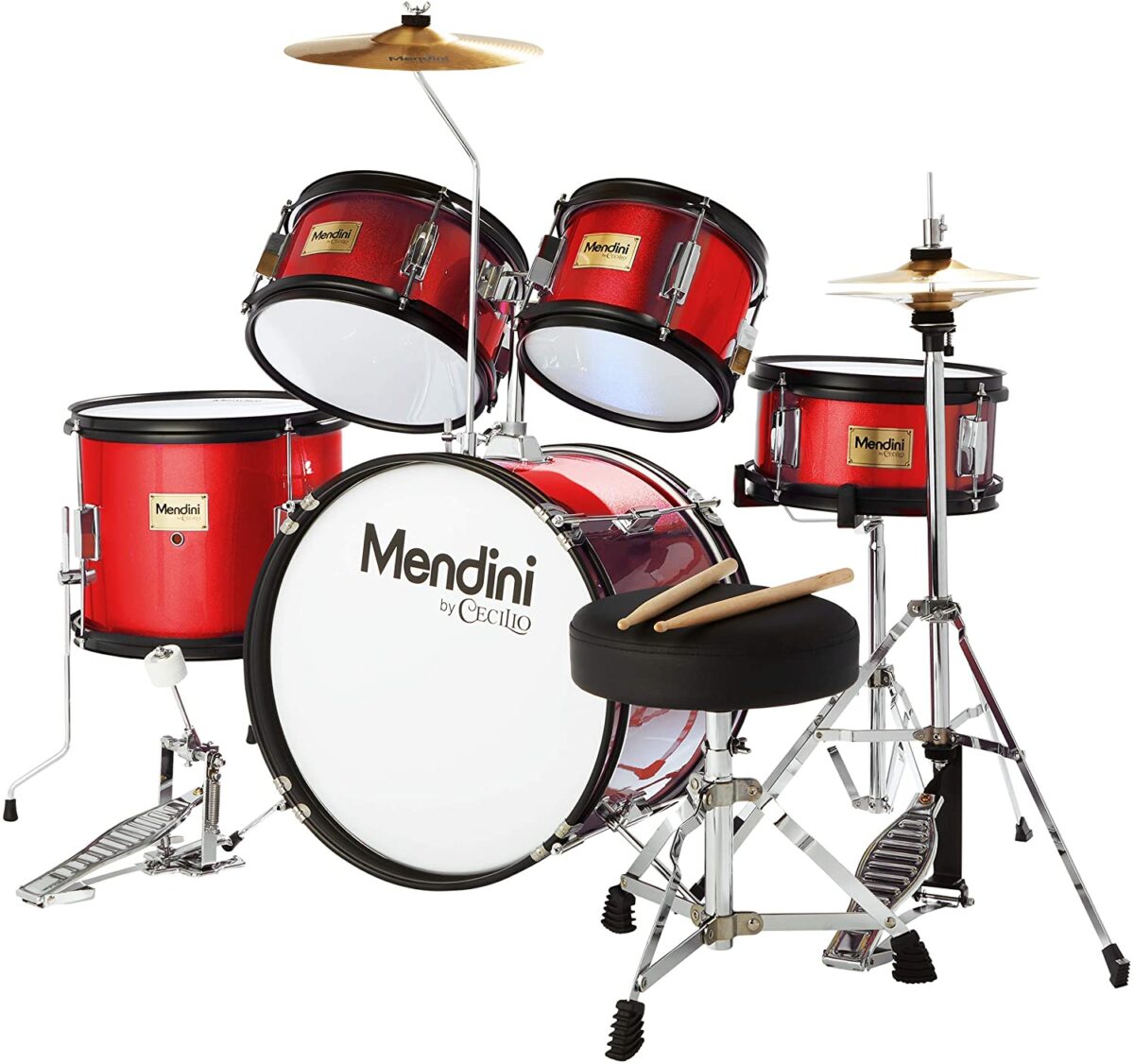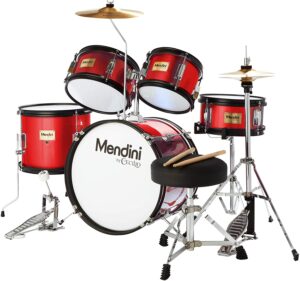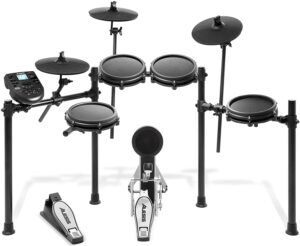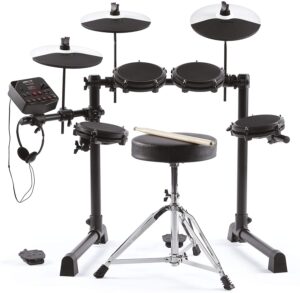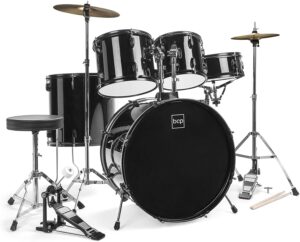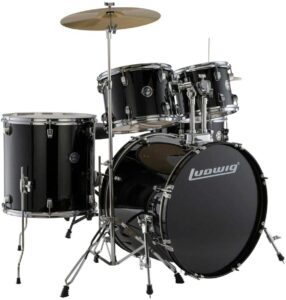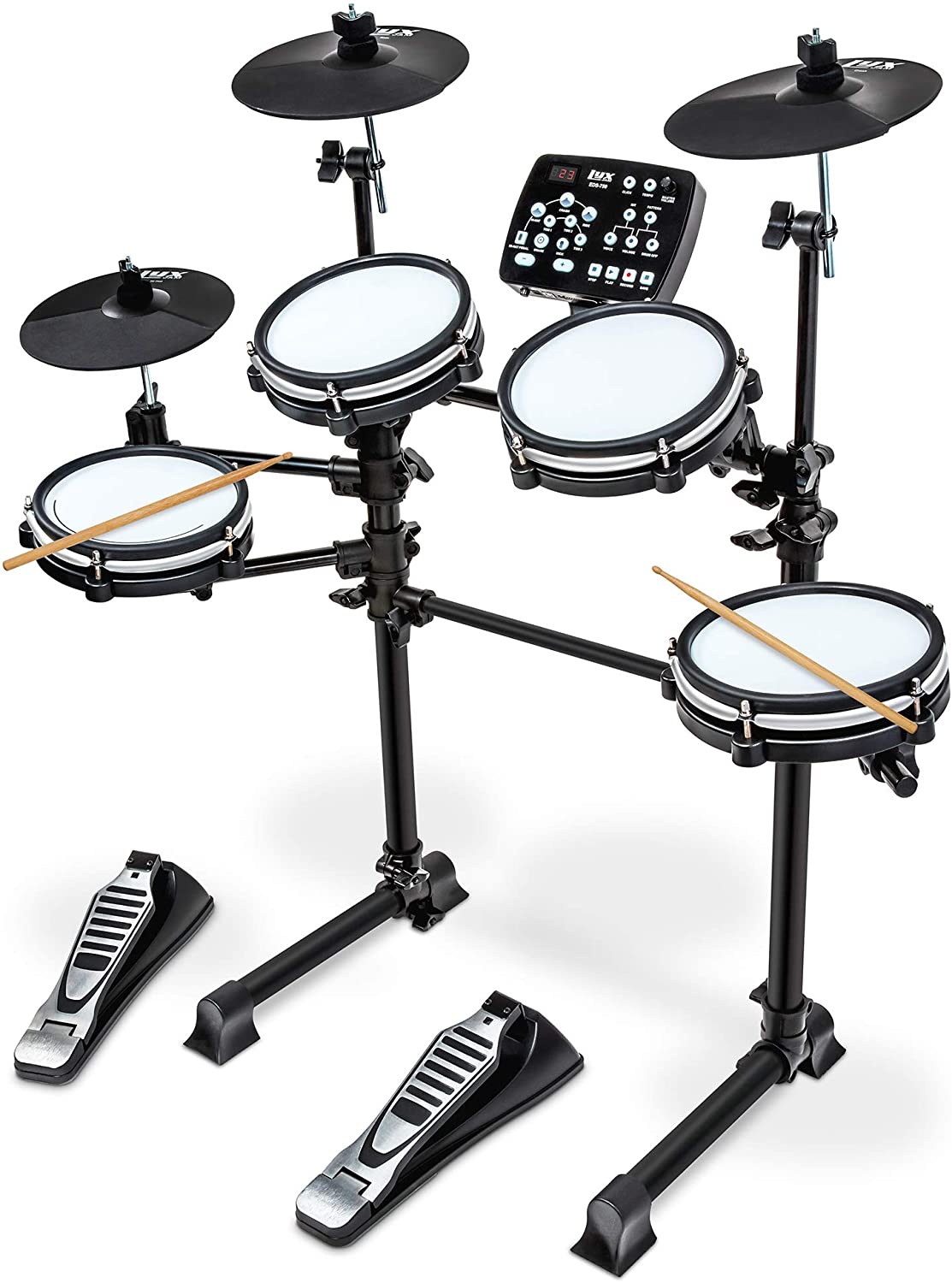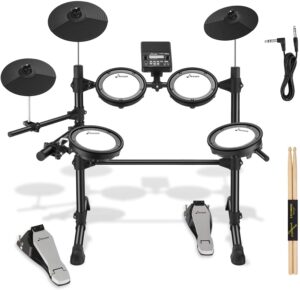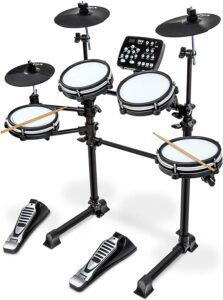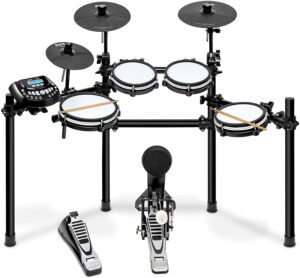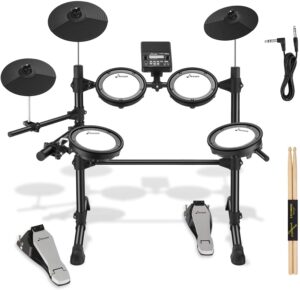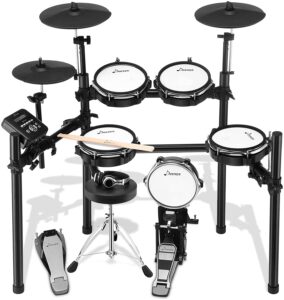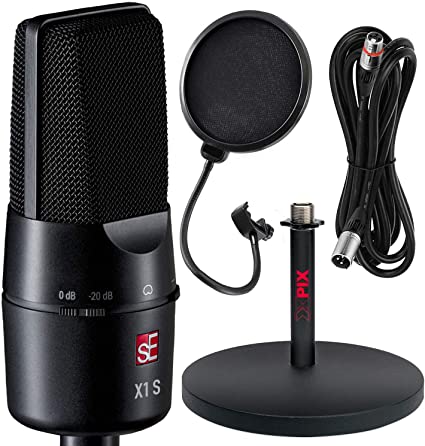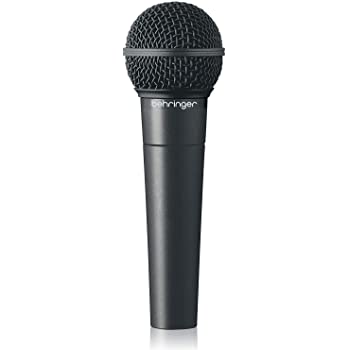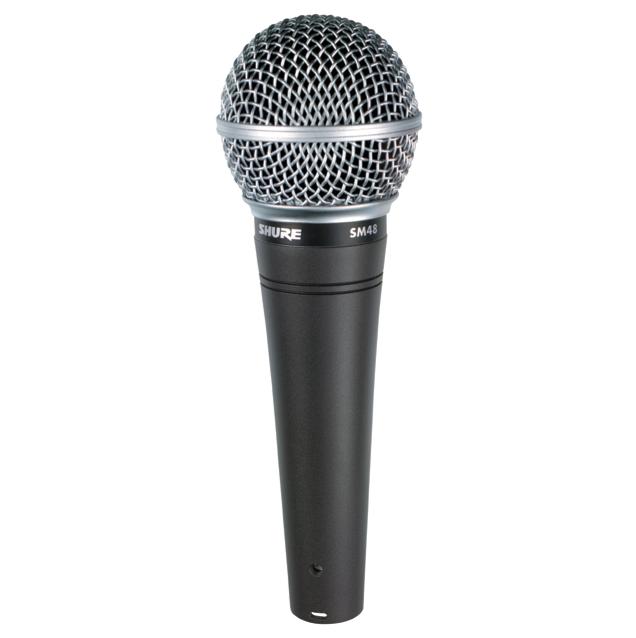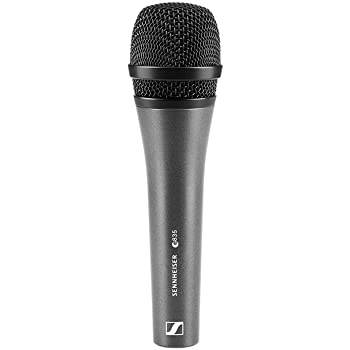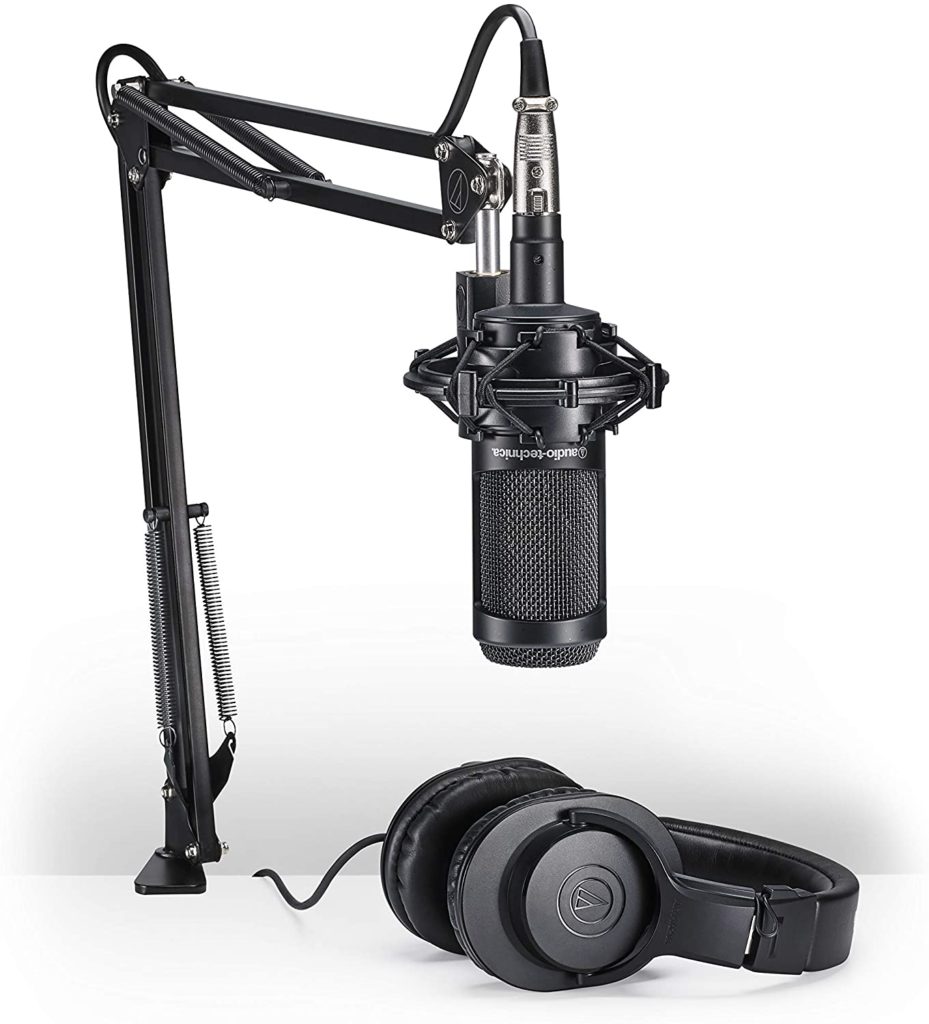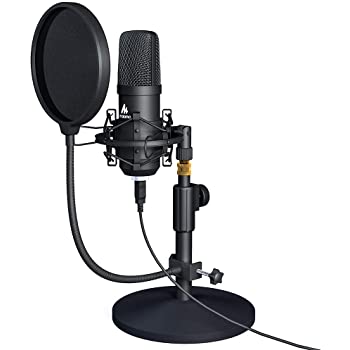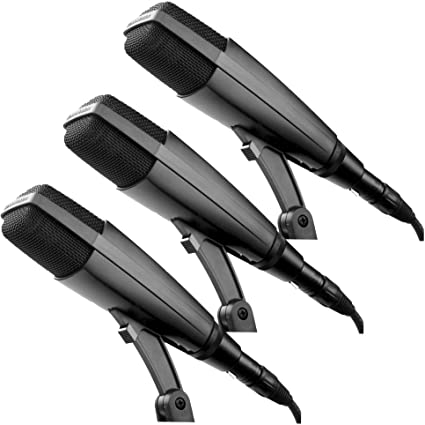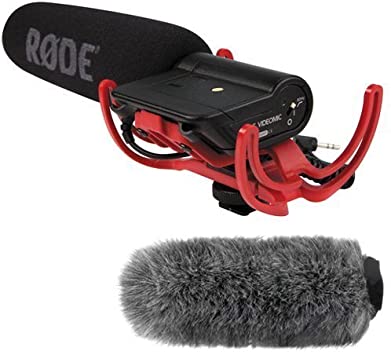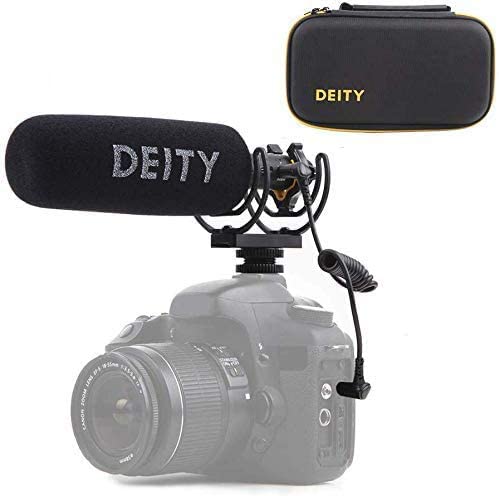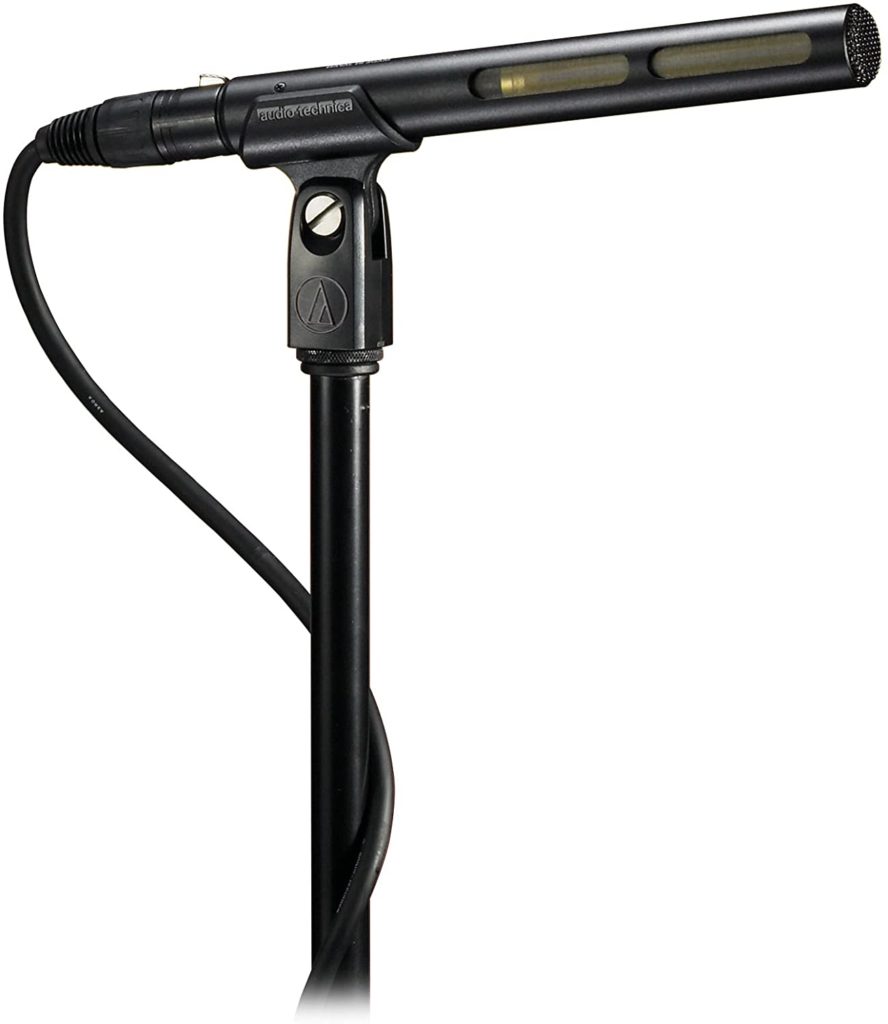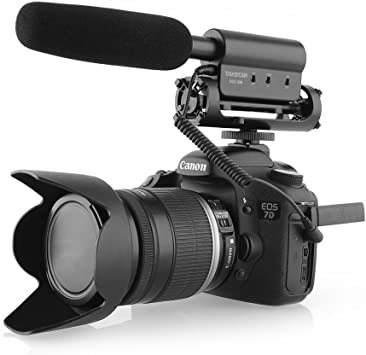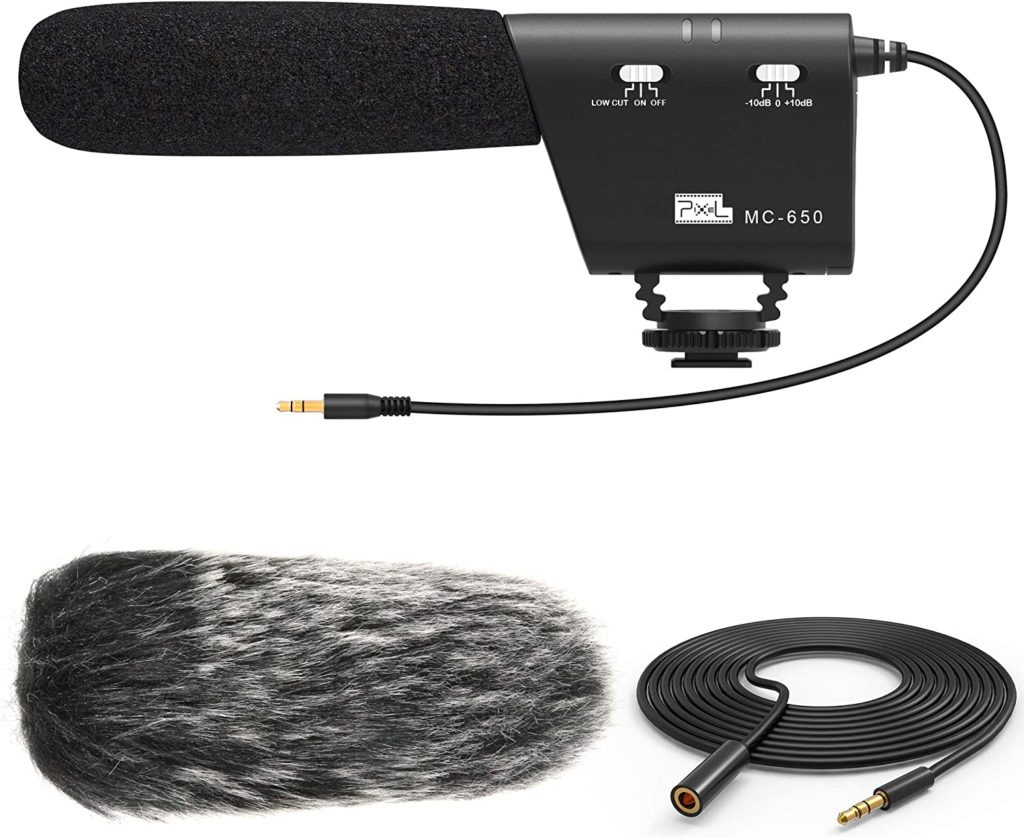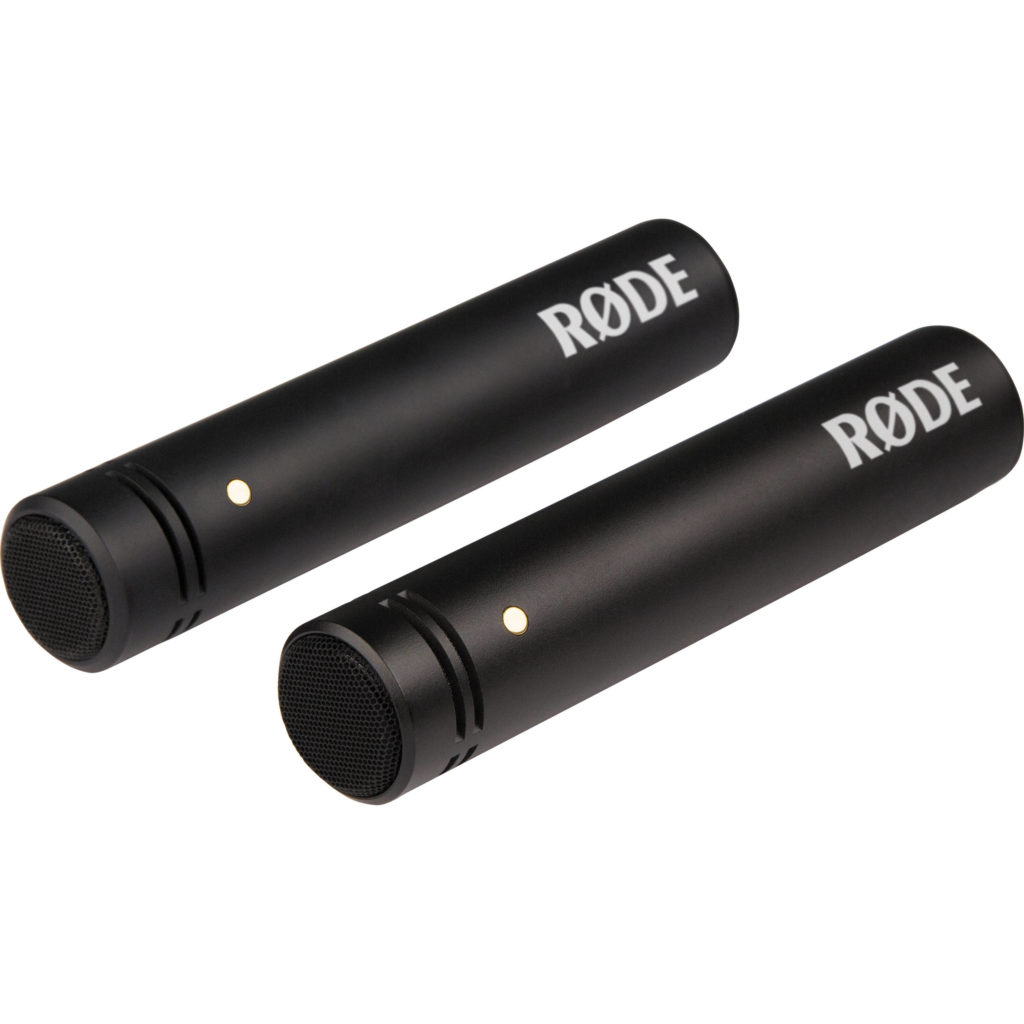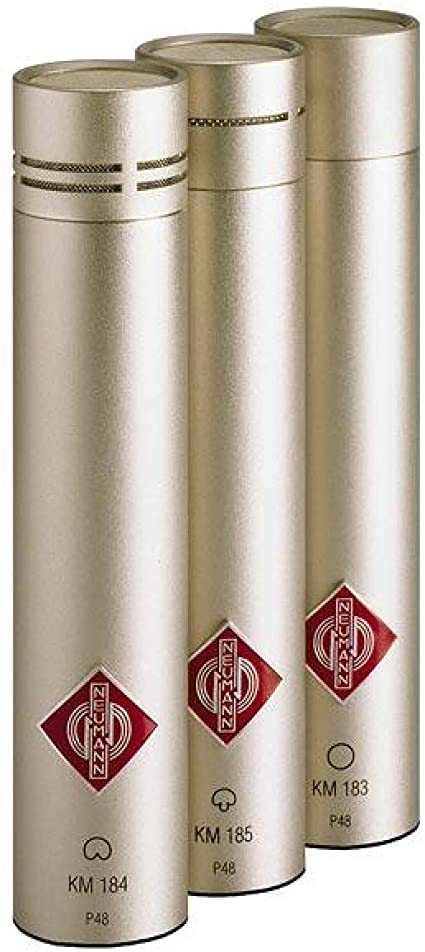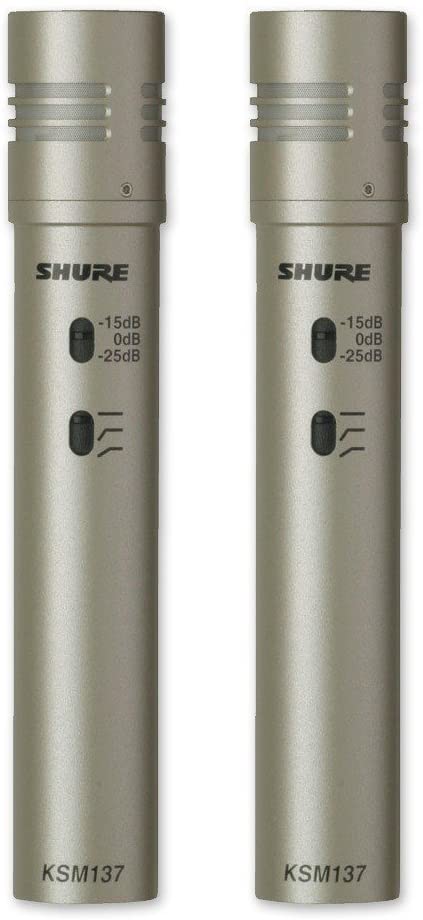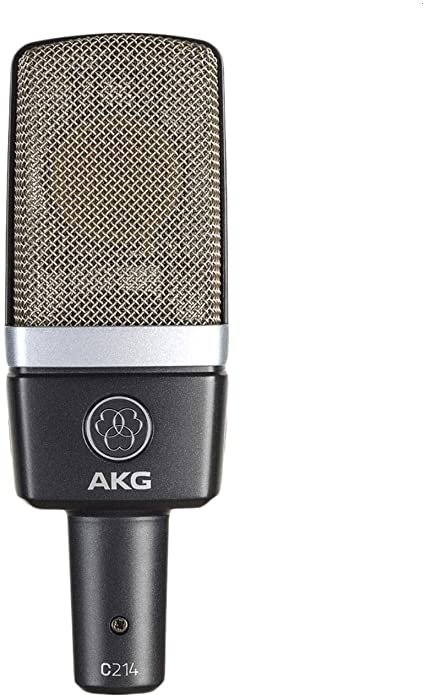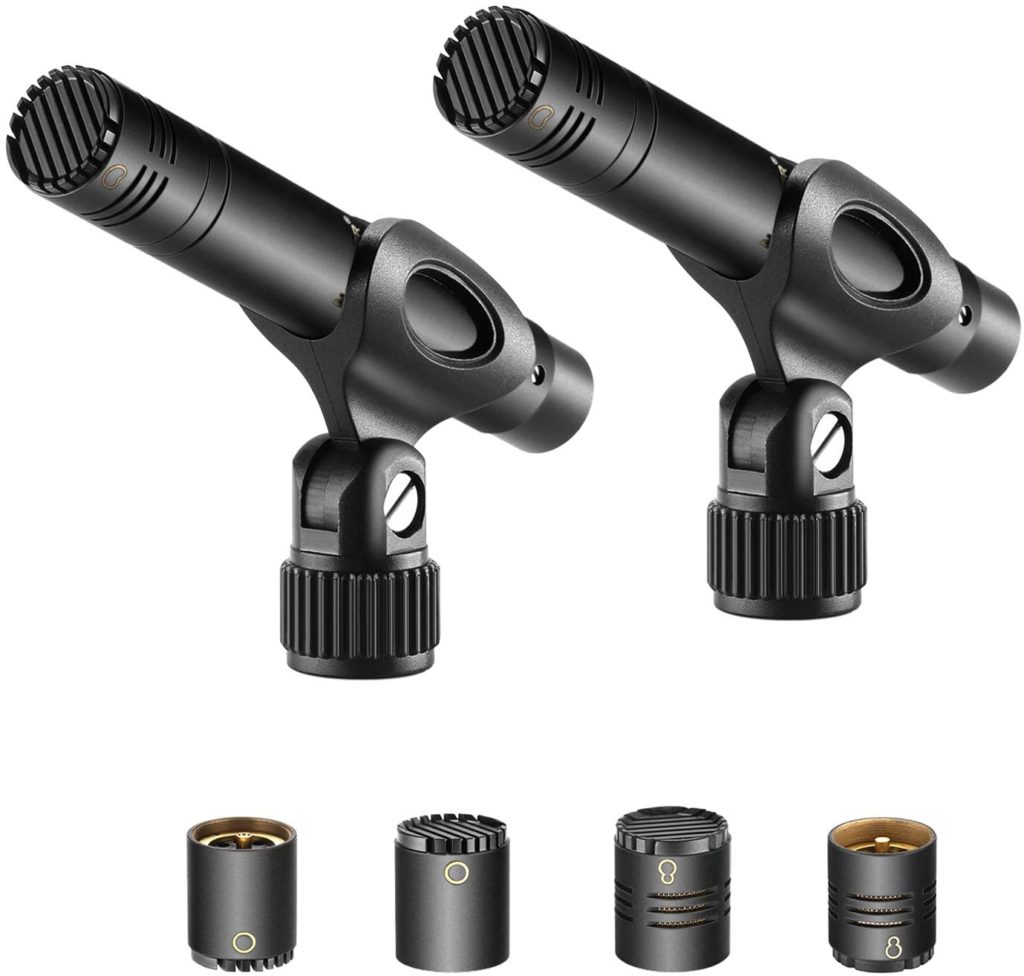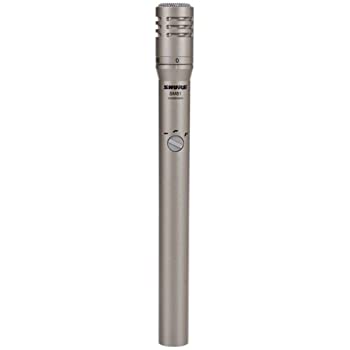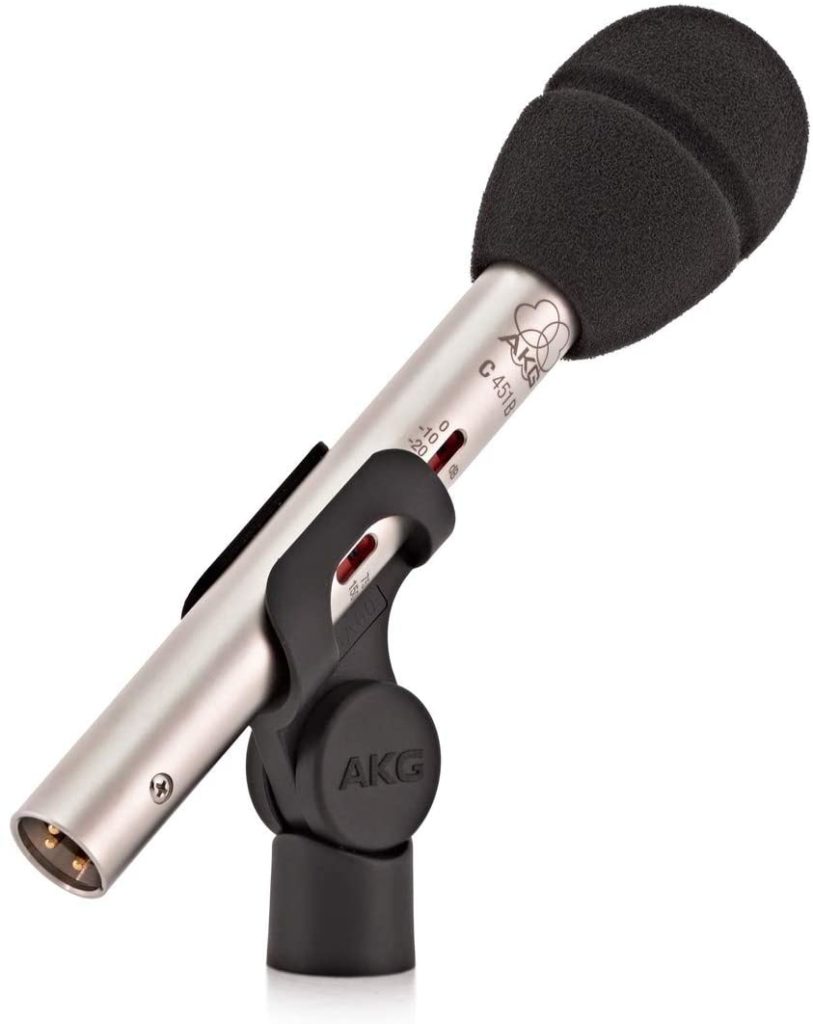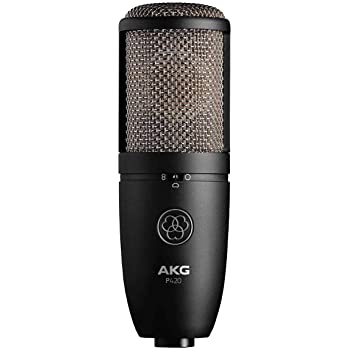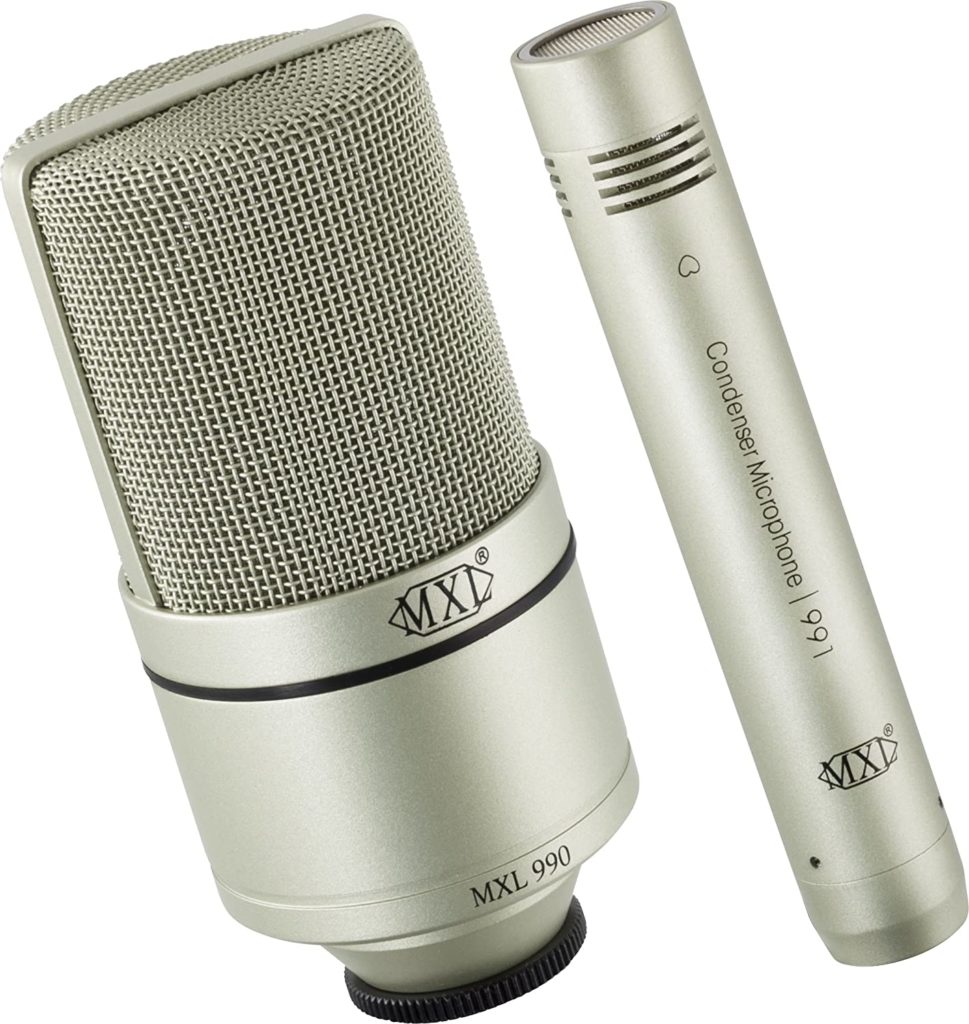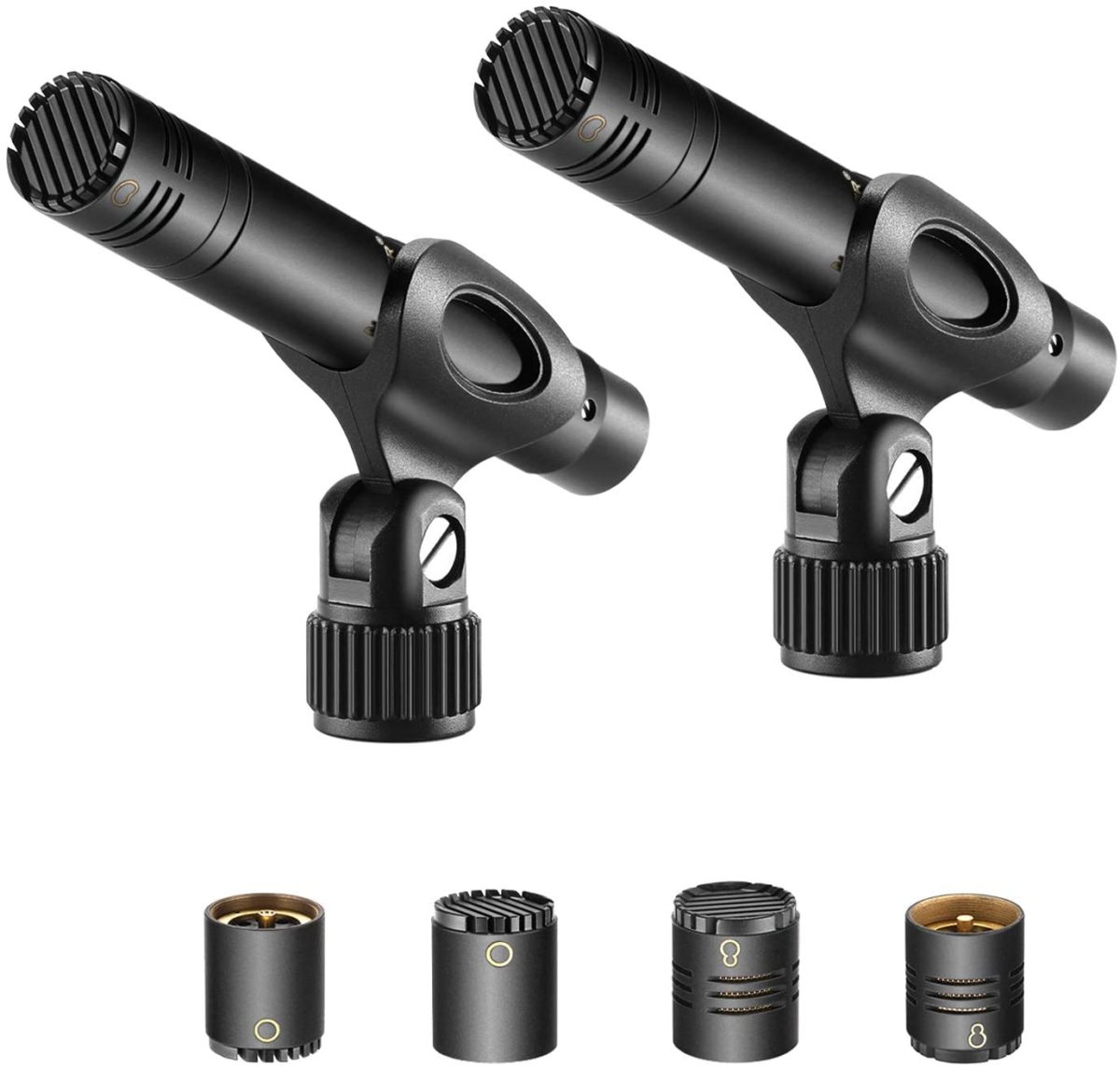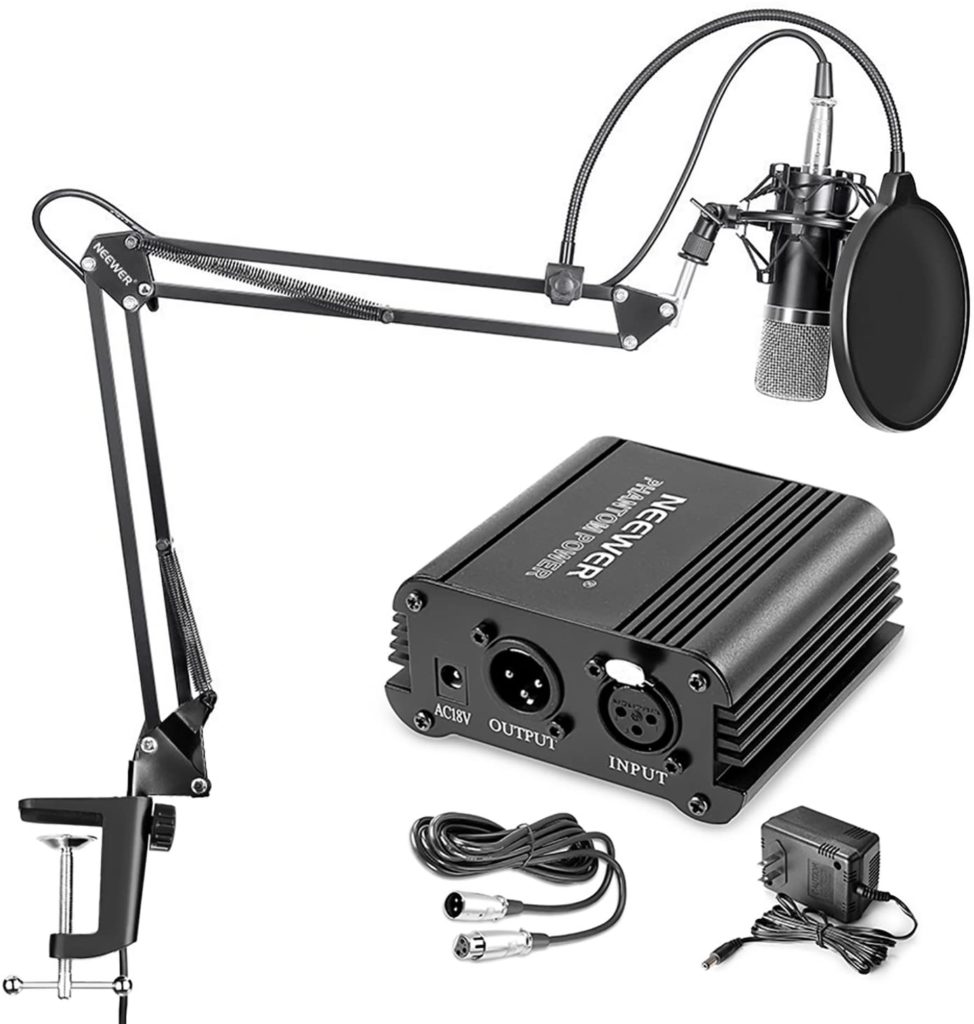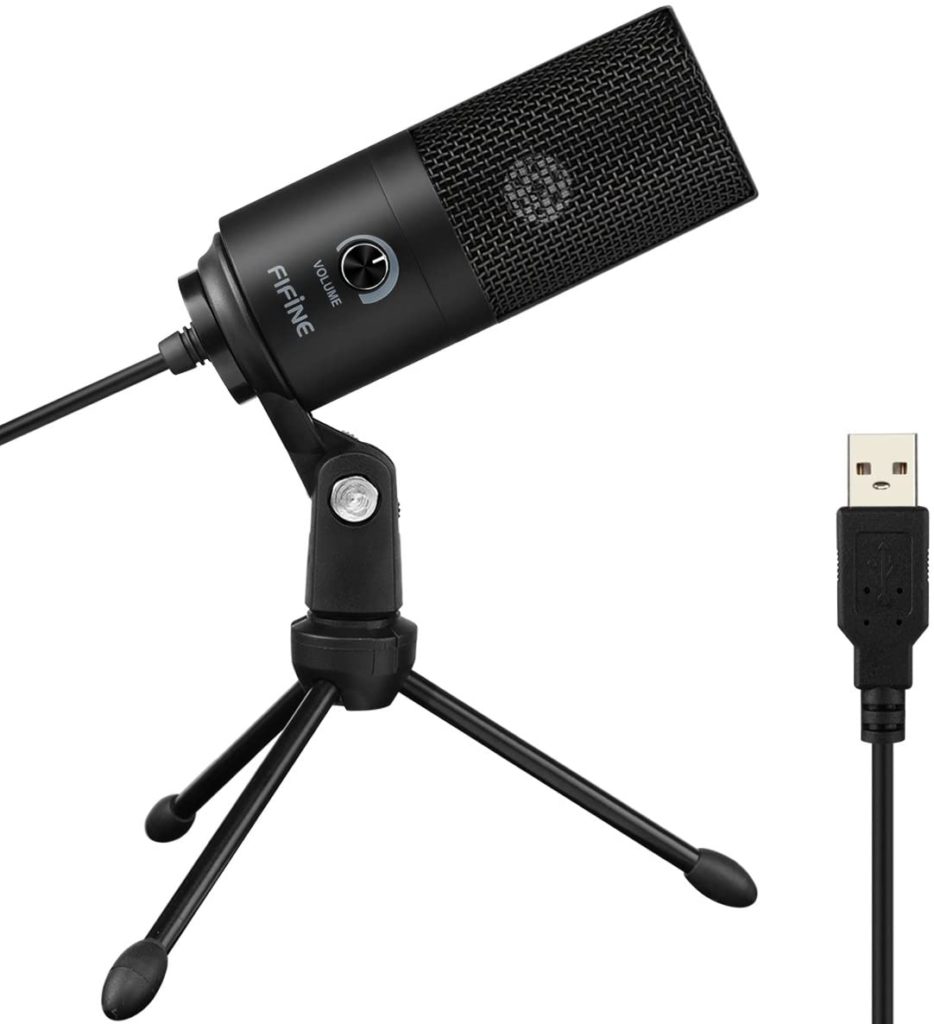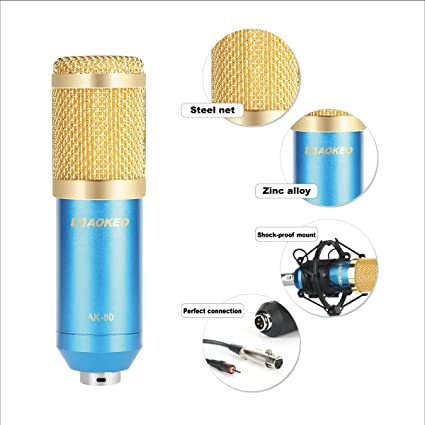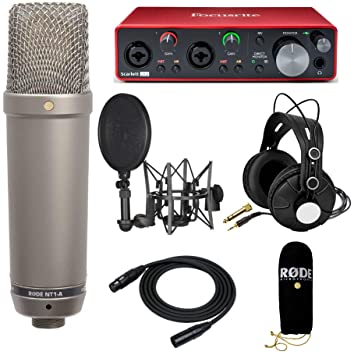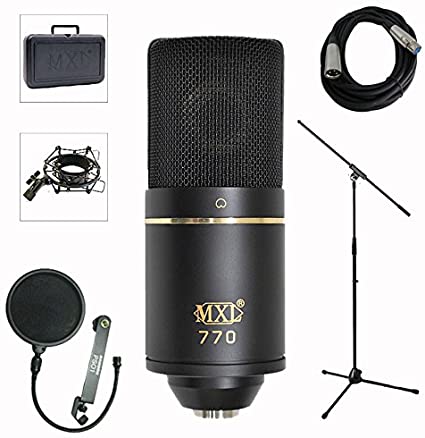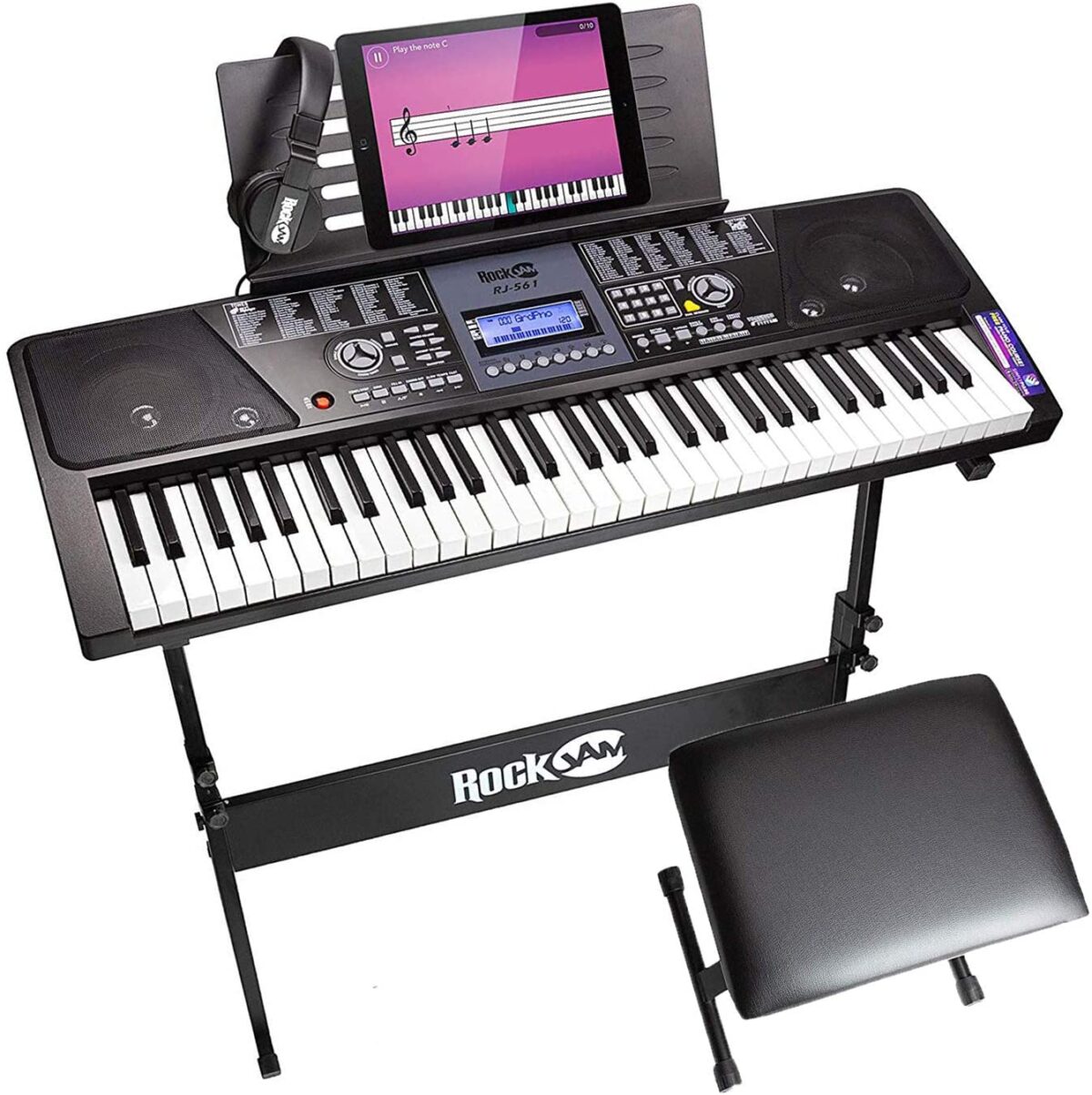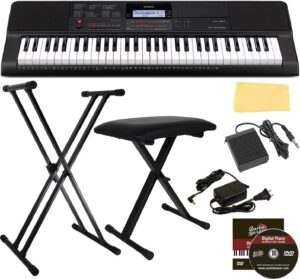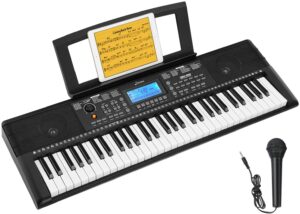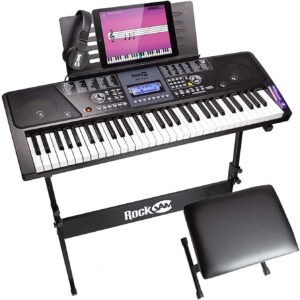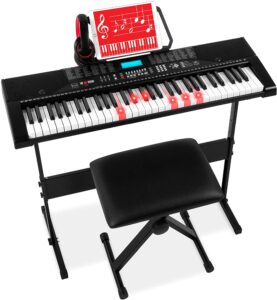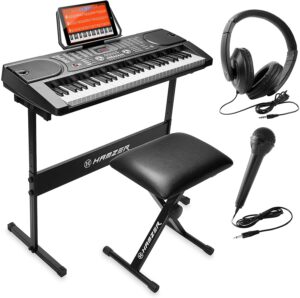Are you looking for a good intermediate-level bass guitar for practice?
Well, finding the right guitar that suits your hands and playing style can be quite difficult. Especially due to the wide range of options online, it takes a lot of time to research and pinpoint the best intermediate bass guitar that suits you well.
However, today we’ve decided to save you some time. And therefore, we have done the research and shortlisted five of the best bass guitars that you can buy easily from Amazon. Let’s check out this gorgeous list.
| IMAGE | PRODUCT | DETAILS | ||
|---|---|---|---|---|
Our Top Pick | Our Top Pick | Squier by Fender Mustang Bass |
| Check Latest Price |
2 | 2 | Yamaha BB435 Beyond Classic BB-Series Bass Guitar |
| Check Latest Price |
3 | 3 | Dean Z79 Electric Guitar |
| Check Latest Price |
4 | 4 | Dean Guitars Left-Handed Electric Guitar |
| Check Latest Price |
5 | 5 | Schechter 2523 Bass Guitar |
| Check Latest Price |
5 Best Intermediate Bass Guitar for Long Practice Sessions
Squier from Fender is a lightweight and compact guitar inspired by 1960s-era Mustang Bass models. The sleek design from Fender allows you to hold the guitar firmly and comfortably during long hours of practice. And its 30-inch scale length is simply perfect for beginners and intermediate-level players. Overall, this 4-string guitar is a marvel, and if you are an intermediate-level player, this one should surely be on your radar.
What We Liked
- High-quality 4-string bass guitar
- 100% Fender Designed Guitar
- Inspired by 1960s-era Mustang Bass models
- 30-inch scale length
- Lightweight and compact
What We Didn’t Like
- Buyers have reported damage during shipping. Make sure to contact the supplier immediately if you receive a damaged piece.
BB435 from the popular BB series of Yamaha is a beautiful guitar that offers superb sound and playability. It has a durable Alder wood body with a six-bolt miter neck joint that holds the entire piece firmly. The 5-string guitar is a good piece for intermediate-level players due to its size and modern neck profile.
What We Liked
- World-class bass guitar from BB series of Yamaha
- Alder wood body
- Six-bolt miter neck joint
- 5-string guitar
- Perfect length and neck profile for beginners
What We Didn’t Like
- Again, make sure to contact the supplier immediately if you receive the guitar damaged during shipment.
Dean Z is a stylish z-shaped 6-string electric guitar with a beautiful blue burst color that will make a style statement wherever you go. It has a sleek and durable Mahogany body, flame maple top, and a tune-o-matic bridge. The guitar’s compact size, modern neck profile, and design are all specially made for intermediate-level players. Dean Z also assures to produce top-quality sounds with ultimate sustain and tone. So you will have no trouble with this one.
What We Liked
- Slim & Lightweight
- Stylish and comfortable z-shape body
- High-quality sound
- Tune-o-Matic bridge
- Better Controllability
What We Didn’t Like
- Buyers have reported damage during shipping. Contact the sellers and get it replaced immediately if you receive a damaged piece.
Dean Guitars brings you this beautiful left-handed bass electric guitar that’s just perfect for intermediate-level players. It has a z-shaped Mahogany body and set neck style for superior control and durability. The Rosewood fingerboard with a scale length of 24.75 inches provides a comfortable hold for young players and beginners. It also has 6-strings, so you can get familiar with it in a comfortable way.
What We Liked
- High-quality sound
- Professional-grade guitar for intermediate players
- Set neck style
- Durable Mahogany Body and Rosewood Fingerboard.
- 6-string guitar
What We Didn’t Like
- Available in only one color and design
This 5-string guitar from Schechter is one of the best bass guitars out there. It has a beautiful satin black color and Grey Pearloid Offset Dots Inlay that gives this guitar a classic look. The body is made from Basswood Body, and there is a Maple Neck, which offers a comfortable feel on your fingers. At just 11 pounds, this one is also one of the most lightweight bass guitars out there.
What We Liked
- Beautiful looks
- High-quality sound output
- Basswood Body
- Mahogany Neck
- Lightweight constructions
What We Didn’t Like
- Well, this one is a tad bit expensive.
How to Buy the Right Intermediate Bass Guitar?
Size Matters
Features
Price
Frequently Asked Questions
Is an electric guitar suitable for an intermediate-level guitarist?
What would be an ideal scale length for intermediate guitar?
Where can I find cheap intermediate bass guitars?
Conclusion
And that brings us to the end of our discussion on the best intermediate bass guitar. We have tried to cover a wide range of guitars with distinct designs and features to suit different users. Therefore, make sure that you follow our buying guide carefully to find the right guitar for you.
Now don’t wait anymore. Get your favorite bass guitar from our list and start practicing.

